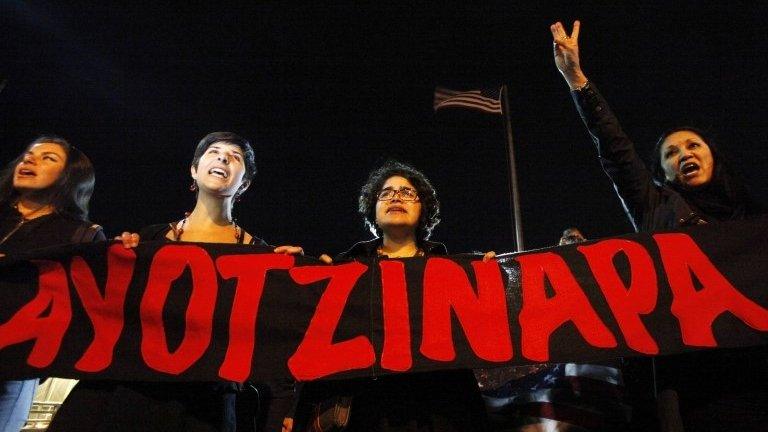Mexico missing students: Official account rejected
- Published
Katy Watson reports from Mexico City on the continuing attempts to find out what happened to the 43 missing students
An independent investigation into the disappearance of 43 Mexican students nearly a year ago has rejected the government's account of events.
The government investigation said the bodies were burned at a rubbish dump hours after the students went missing.
But the Inter-American Commission on Human Rights says it has found no evidence to support claims that the bodies were incinerated.
The Mexican government is sending forensic experts to the area.
The move was announced by Attorney General Arely Gomez Shortly after the IACHR report was published.
Relatives have always rejected the official investigation.
They accused the authorities of covering up the alleged involvement of high-ranking officials and possibly the army in the killings.
The case shocked Mexico and led to weeks of protests against official impunity and the government of President Enrique Pena Nieto.

Analysis: By Katy Watson, BBC News, Mexico City
This report confirms what many people have believed for a long time - that the government's investigation into the disappearance of the 43 students was deeply flawed.
The families of the missing disagreed from the start with the government's version of events - now they've been vindicated.
There is a lot that is still unknown - the report doesn't explain what happened to the students and only suggests possible motives.
But what is clear is that the government needs to step up its efforts to get to the bottom of what actually happened. President Enrique Pena Nieto has been hugely criticised for his handling of this case - this report will heap yet more pressure on him.

'No cremation evidence'
After a six-month investigation, the Washington-based IACHR released a report of nearly 500 pages urging the government to continue looking for the missing students.
A Peruvian fire expert hired by the commission concluded that it was impossible for all the bodies to have been burned at the landfill site in the municipality of Cocula, in the western state of Guerrero.
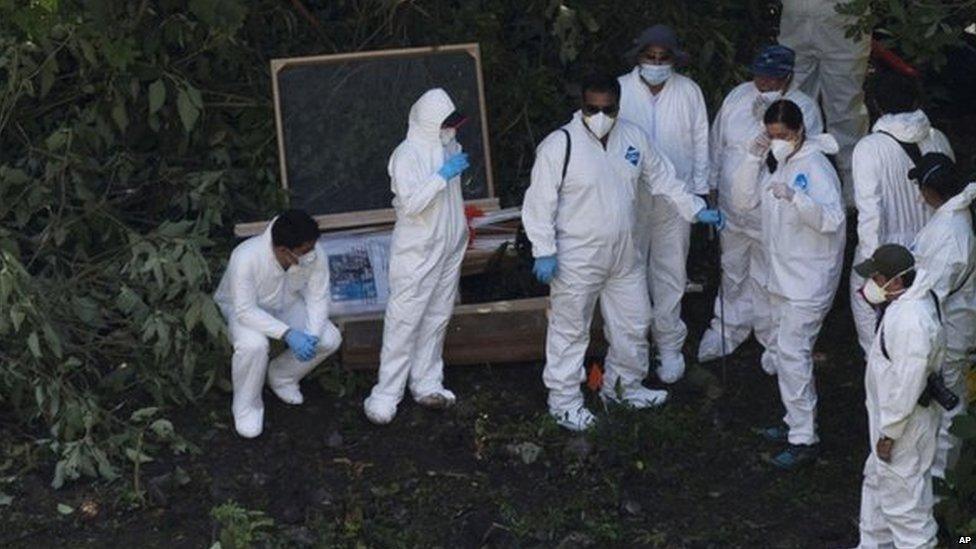
Forensic experts scoured a rubbish tip near Cocula for clues
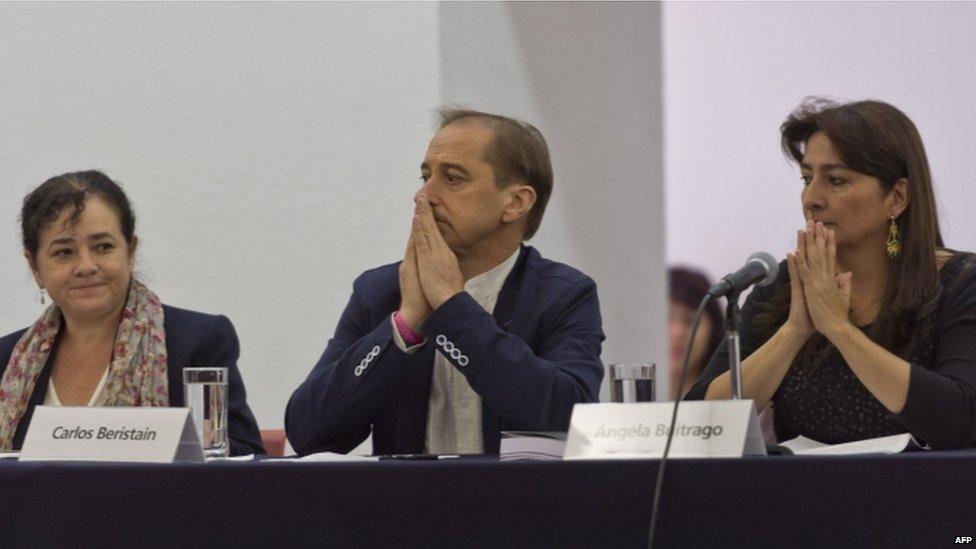
The IACHR panel complained they were unable to interview military personnel who could have witnessed the killings
Jose Torero, from the University of Queensland in Australia, said it would have required 13 tonnes of tyres, 20 tonnes of wood and 13 tonnes of diesel to cremate the bodies.
It would have taken the gang 60 hours to finish the job, he said.
"There is no evidence indicating the presence of a fire of the size [needed] for the cremation of even one body," Mr Torero concluded.
United Warriors
The original probe said the trainee teachers were rounded up by corrupt policemen after travelling to the city of Iguala on 26 September and taking part in a protest over job discrimination.
They are reported to have disrupted a rally planned by the mayor's wife later in the evening.
They were then allegedly handed over to the local Guerreros Unidos (United Warriors) criminal gang, which was told to kill them and dispose of their bodies.
Several people were arrested in the following days, including the mayor, his wife, local policemen and men accused of belonging to the local gang.
The government said some of the people who took part in the killings led them to the landfill site.
According to the original inquiry, forensic experts managed to retrieve there a fragment of a bone, which was identified as that of one of the missing students after DNA tests in Austria.
- Published18 August 2015

- Published27 February 2015
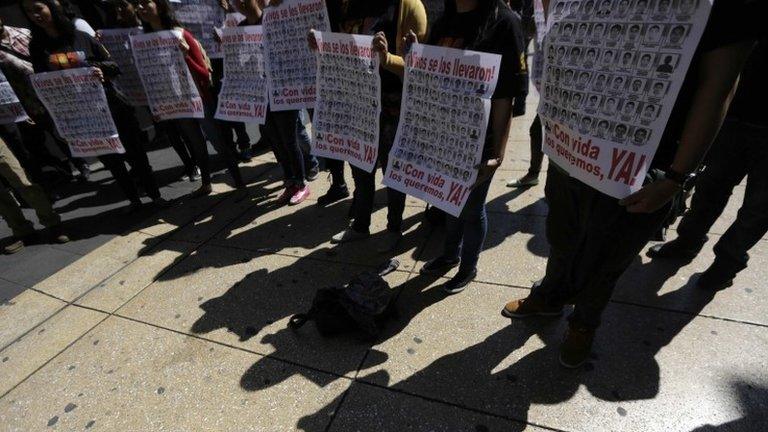
- Published7 December 2014
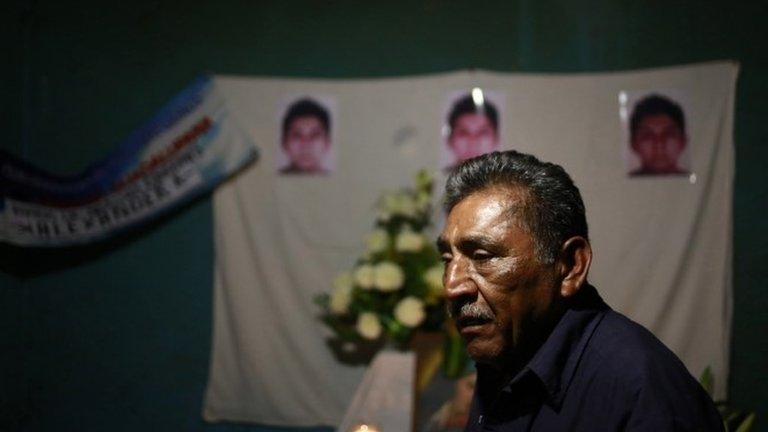
- Published5 February 2015
